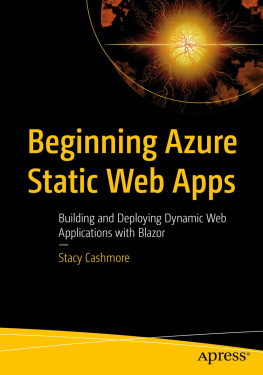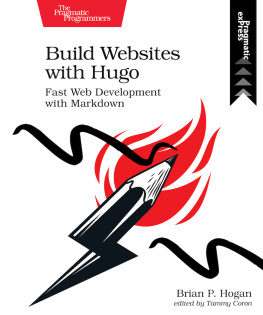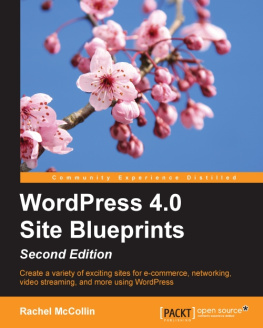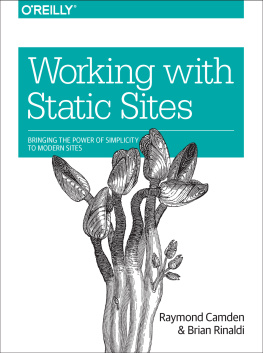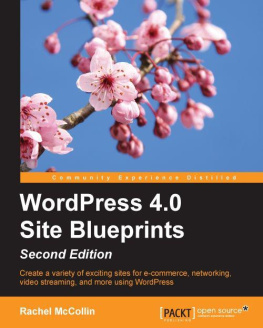Chapter 1. What Are Static Sites?
A Little Background
Theres been a lot of talk recently about static sites and the new generation of tools used to create them, commonly referred to as static site generators or static site engines. As with any new technology, it can sometimes be hard to differentiate the hype from the reality. This book aims to give you a broad understanding of the technology: what it is and where it best applies. First, however, we need to define what static sites are and where they came from.
The term static site is an interesting one if you think about it, as it defines itself by what it lacks. The static aspect doesnt so much describe a feature as the absence of one: dynamic page rendering. Once upon a time, probably before we commonly used the term static site, this would have been considered a weakness.
Those of us whove been working in web development for some time probably recall building static sites using tools like Dreamweaver, HomeSite, or (heaven forbid) FrontPage. The content on these pages could only be changed by manually altering the existing site files and replacing the files on the server via FTP.
There were a number of issues with this process. Adding content to the site required a moderately high level of technical knowledge, either knowledge of the specific tool used to design and build the site or of HTML to handcode the site. One also needed to understand how to deploy the site to a host via FTP, which isnt necessarily straightforward for nontechnical users. This meant that the content creators, who are frequently nontechnical, could not directly or easily contribute to the site and required the assistance of a web developer to add new content.
Creating new pages typically required copying and tweaking existing pages. As the site grew, maintaining proper navigation and links typically became both tedious and extremely error prone. Some tools offered features like templates that tried to solve these issues, but these could be complicated or cumbersome to create.
In addition to these issues, there was the limitation that if your site required dynamic features like comments or forums, for example, this was simply not possible in a purely static site.
The Dynamic Site Era
Dynamic sites seemed to fix these issues. Nontechnical content creators could create and update pages via backend forms without the need to understand the specifics of website development tools or HTML. Since the content and pages were all driven from a database, navigation could be generated automatically. In addition, by definition, dynamic sites allow for dynamic features such as forums or comments.
In the case of content-focused web pages, dynamic sites often took the form of a content management system (CMS). These could be custom built to the needs of the site or, very frequently, selected from a number of commercial or open source options.
To this day, most of the content published on the Web runs through some form of content management system. Popular open source options include ). Nowadays, these systems typically handle much more than simply content creation and publication, with features such as complex roles and access control, workflow management, document management, and syndication.
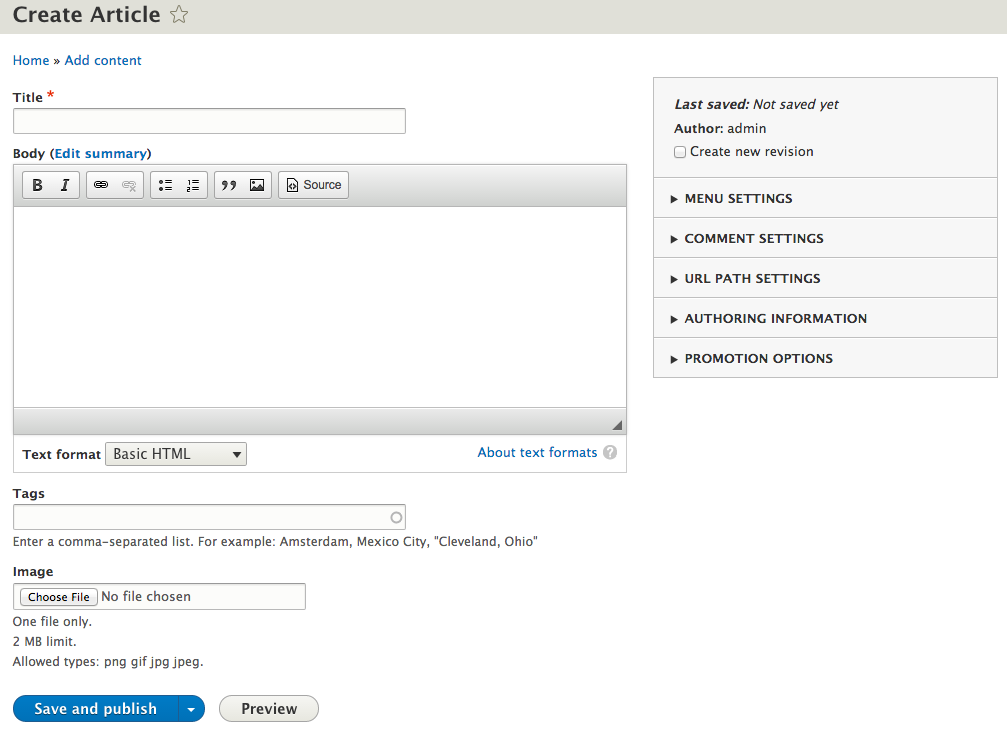
Figure 1-1. Adding an article in the Drupal CMS (source: Drupal.org).
These additional features lead to the biggest issue with dynamic sites, which is that the solution is often more complex than the problem. By virtue of its need to cater to a broad set of customers, a pre-built CMS often has a steep learning curve for both developers and content creators. Meanwhile, a custom CMS requires both extensive development efforts and access to a developer should issues or necessary changes arise.
Hosting dynamic sites is complicated by the need for database storage (and backups) as well as support for whatever dynamic language the site is built upon (PHP, Ruby, etc.). Factor in the need for regular updates to the dynamic language, database solution and even the CMS software itself, and it becomes rather obvious that, while dynamic sites solve many difficult problems, they bring with them their own set of complications.
The Rise of Blog Engines
The complexity of content management systems was not well suited for smaller, content-focused sites or blogs that didnt require advanced features like complex user roles or workflow. Blogging engines, the most popular being ), aimed to solve this by making development simple, with pre-built and easily customizable templates, and publishing content quick and easy.
Blog engines dont negate the need for supporting a dynamic language (PHP in the case of WordPress) or for a database (typically MySQL for WordPress). WordPress, however, became popular enough that many hosts made out-of-the-box hosting solutions that simplified setup and maintenance. To give you a sense of the popularity of WordPress, according to W3Techs, as of May 2015, Wordpress is used on approximately 23.9% of the top 10 million sites, a percentage that dwarfs every other content management system .
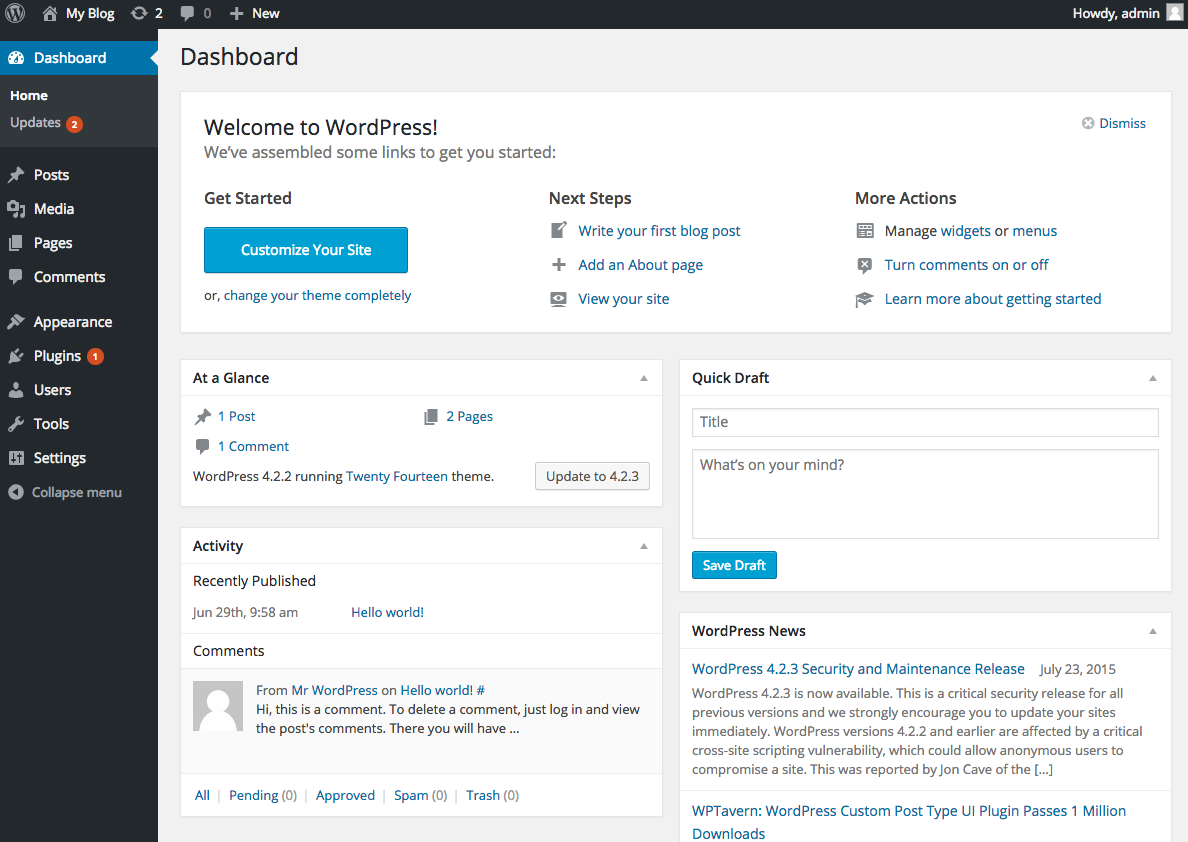
Figure 1-2. The WordPress dashboard (source: WordPress.org).
Nonetheless, over time, WordPress has begun to gain some of the complexity of a typical CMS, and it is generally lumped in the category of CMS by most industry research. Many sites heavily depend on features that are added via plug-ins, the quantity and quality of which can dramatically impact site performance. In addition, features like plug-ins and shortcodes can impact the portability of content, keeping your site tied to the Wordpress platform.




